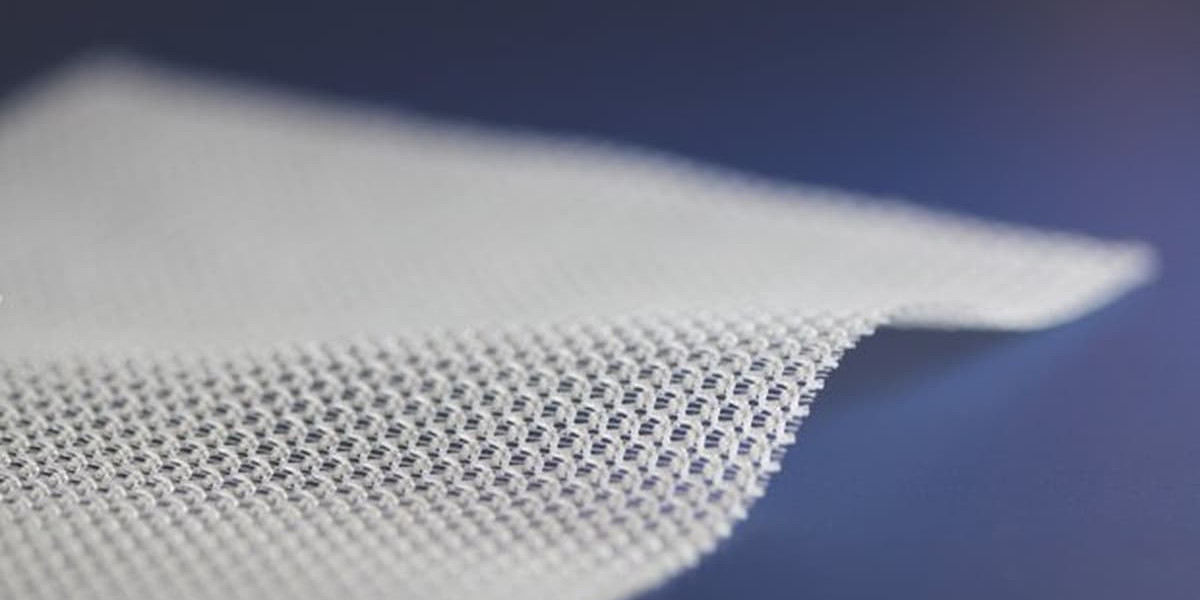The surgical mesh market has evolved dramatically over the past few decades, playing a critical role in a wide range of medical procedures, particularly in hernia repairs, pelvic organ prolapse surgeries, and urinary incontinence treatments. As the demand for these products has grown, so too has the drive for innovation. Manufacturers are continually developing new technologies to improve the safety, performance, and overall patient experience associated with surgical mesh implants. These innovations aim to accelerate recovery times, minimize complications, and ultimately improve patient satisfaction. This article delves into the latest trends in surgical mesh technology, exploring how these advancements are reshaping the landscape of surgical procedures.
The Evolution of Surgical Mesh
Surgical mesh, initially used primarily for hernia repairs, is now a critical component of many surgical procedures. It is typically made from synthetic materials such as polypropylene or biological materials like animal-derived collagen. Mesh products are used to reinforce and support weakened tissues, offering a stronger, more durable solution than traditional sutures. Over the years, surgical meshes have become increasingly sophisticated, designed to integrate seamlessly with human tissues while reducing the risk of complications like infection and erosion.
The early meshes were simple and limited in their function, but today’s meshes are a far cry from their predecessors. Manufacturers are focusing on developing advanced mesh materials, coatings, and designs that enhance patient outcomes and meet the ever-growing demand for minimally invasive surgery.
New Mesh Technologies Focused on Faster Recovery
One of the most significant challenges in traditional surgery is the lengthy recovery time, which can be fraught with pain and discomfort. In response, innovation in the surgical mesh market is increasingly focused on reducing recovery times and improving post-operative outcomes. Advances in mesh design and materials are now enabling patients to recover faster and with fewer complications.
A notable innovation in this area is the development of bioabsorbable meshes. These meshes are made from materials that gradually dissolve in the body over time, reducing the need for a permanent foreign object to remain inside the patient. The body’s natural healing process takes over as the mesh is absorbed, allowing the tissue to strengthen and repair itself. This technology not only reduces the risk of long-term complications, such as mesh migration and chronic pain, but also speeds up recovery times. Patients no longer need to worry about the long-term presence of a foreign body, which significantly enhances their comfort and overall experience.
Another breakthrough in mesh innovation is the design of lightweight meshes. These products are made from thinner, more flexible materials that are easier for surgeons to handle and place. Unlike traditional mesh, which can be stiff and uncomfortable for patients, lightweight meshes offer greater flexibility and adaptability. This not only makes the mesh more comfortable for patients but also minimizes the risk of tissue irritation or scarring, leading to a faster healing process. Lightweight meshes are particularly beneficial in minimally invasive surgeries, where precision and less tissue disruption are critical to the patient’s recovery.
Improving Patient Satisfaction with Safer Mesh Products
Patient safety remains one of the top concerns in the use of surgical mesh, particularly due to complications such as mesh erosion, infection, and migration. Innovations in mesh materials and coatings have been designed to address these issues and ensure that patients experience safer, more comfortable outcomes.
Antimicrobial coatings are one of the most promising innovations in the field of surgical mesh. These coatings are designed to prevent infection at the surgical site by preventing bacterial growth. Infections are one of the most significant complications in surgeries involving mesh, and antimicrobial coatings help mitigate this risk by providing an added layer of protection against harmful pathogens. This technology not only reduces the incidence of post-operative infections but also helps decrease the need for additional treatments and surgeries, ultimately improving patient satisfaction.
Moreover, the development of hybrid meshes, which combine synthetic and biological materials, has shown promising results in improving patient safety and comfort. These hybrid meshes are designed to take advantage of the strengths of both materials. For instance, the synthetic materials provide the necessary strength and durability to support the tissue, while the biological components promote tissue integration and reduce the risk of complications like rejection or erosion. This combination allows for better tissue healing, less inflammation, and fewer adverse reactions, which leads to higher patient satisfaction and better overall outcomes.
Minimally Invasive Surgical Techniques and Their Impact
Minimally invasive surgical techniques have revolutionized the way surgical mesh is used in modern procedures. These techniques, which involve smaller incisions and the use of advanced imaging technology, offer numerous benefits, including reduced pain, shorter recovery times, and less scarring. Surgical mesh products have evolved to accommodate these techniques, with innovations in mesh design that make them more compatible with minimally invasive surgery.
For example, self-fixating meshes have been developed that do not require sutures to secure them in place. These meshes use tiny barbs or hooks that grip the tissue, eliminating the need for additional stitching. This innovation not only reduces the time spent in surgery but also minimizes the risk of post-surgical complications like infections or mesh dislodgement. Patients who undergo procedures using self-fixating meshes often experience less pain, reduced scarring, and quicker recovery times, all of which contribute to improved satisfaction.
Additionally, smart meshes equipped with sensors are on the horizon. These meshes would allow healthcare providers to monitor the healing process in real time, offering insights into how well the mesh is integrating with the tissue and whether any complications are developing. This real-time feedback could lead to faster interventions, reducing the likelihood of severe complications and ensuring optimal patient outcomes. The ability to monitor the healing process could also provide patients with more reassurance during their recovery.
The Future of Surgical Mesh Innovation
As the surgical mesh market continues to grow, it is clear that ongoing innovation will be essential to meeting the demands of patients and healthcare providers. Research into new materials, such as nanomaterials and bioactive meshes, holds great promise for further improving mesh performance and patient safety. These innovations will likely lead to mesh products that are even more effective at promoting tissue healing, reducing complications, and enhancing overall surgical outcomes.
Furthermore, as the field of personalized medicine advances, there is potential for customized mesh products tailored to an individual’s unique anatomy and healing processes. This approach could lead to even better outcomes by ensuring that patients receive the most appropriate mesh material for their specific needs.
Conclusion
The surgical mesh market is undergoing a significant transformation, driven by the continuous pursuit of innovation. From bioabsorbable meshes to smart technology integration, the latest advancements in mesh products are making surgeries safer, less invasive, and more effective. These innovations are not only accelerating recovery times but also enhancing patient satisfaction by reducing complications and improving outcomes. As the industry continues to innovate, the future of surgical mesh holds tremendous promise for patients and healthcare providers alike, offering solutions that prioritize both safety and comfort.









